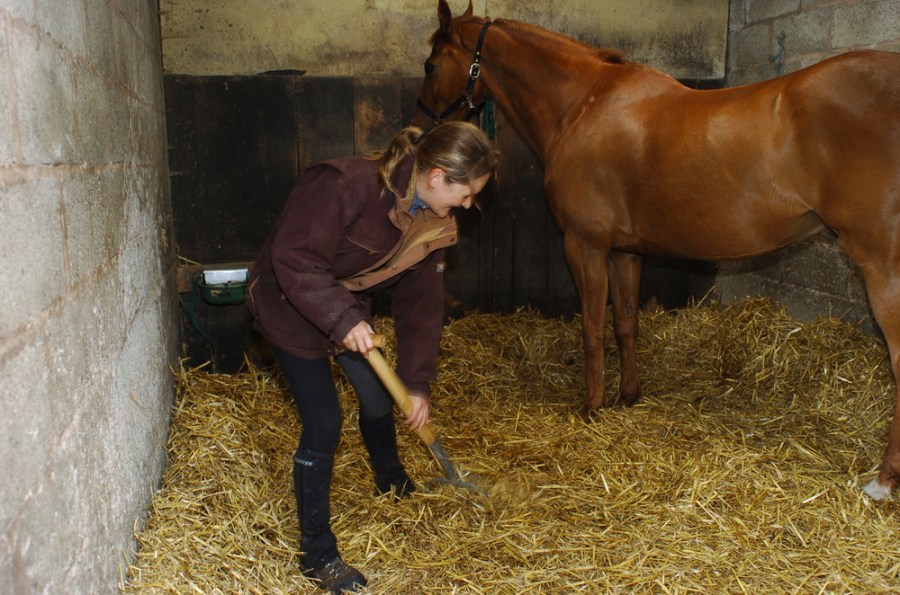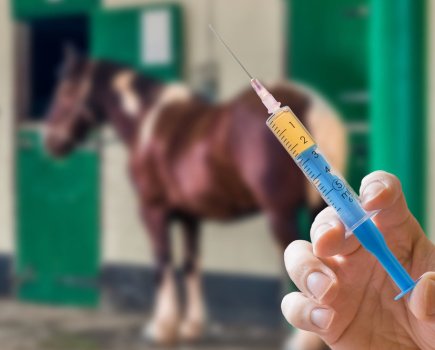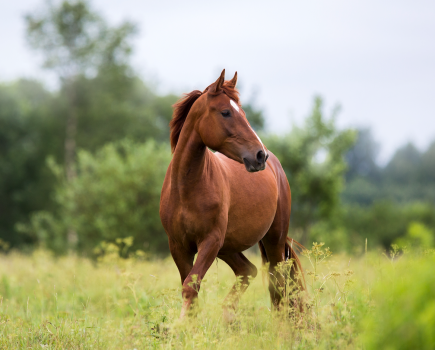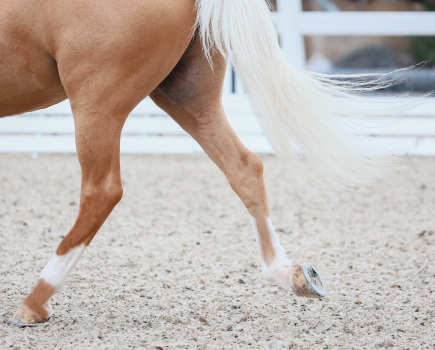For many riders, back twinges are part and parcel of life with horses. But could your actions now end up playing havoc with your back in the future, and what can you do to avoid problems? Read on for some simple tips to help you avoid back pain when riding, handling and working with horses.
Loosen up
Doing stretches and light exercise before we ride is important. Try hamstring stretches, squats and walking your horse briskly for a few minutes before going out on a ride, as this will loosen you both up. Warming up only seems strange because it’s not something we think about when we get to the yard. But it’s only what you would do before beginning any other form of exercise. So take a few minutes to prepare yourself.
Avoid strain
When mucking out try to use tools that are long enough, as there’s nothing worse than using a fork or broom where the handle is too short. You end up having to bend over, putting unnecessary strain on your body. Always use the right tool for the job instead of making do. Also, every now and then, try to muck out from the other side. We all muck out the same way out of habit, but just a subtle change – even once a week – can help to even out muscle strength and balance.
Perfect your techniques
Try to avoid opening gates from the back of very big horses, as you have to lean right over, putting your back in an unstable position to lift heavy hinges, etc. It’s better to allow those on smaller horses to work the gates. If that’s you, then take the time to train your horse to stand and manoeuvre around gates. Alternatively get off and do them, or hack out with a friend who is happy to leap off and open the gates for you!
Saddles and posture
A different type of saddle may help with posture/back problems. There are many different types available, so it may be a question of trying some at your local saddlers to see if changing makes a difference.
Try Pilates
A highly recommended form of exercise for horse riders is Pilates. It’s a very effective method of muscle strengthening, especially inner, core muscles. You will need a good instructor and ideally have one-to-one instruction before joining a class.









